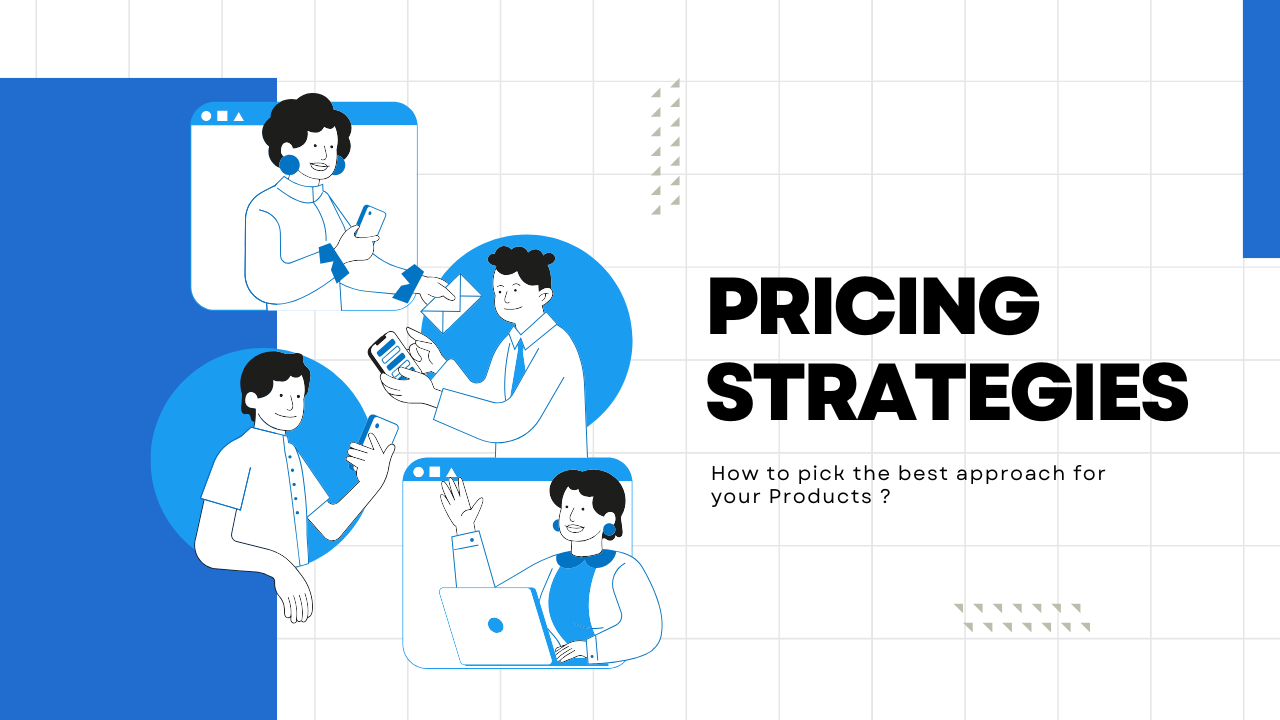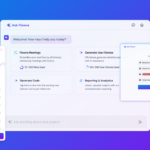
Pricing Strategies 101: How to Pick the Best Approach for Your Products
- January 07, 2025
- by
- tehreem
Pricing your products is one of the most critical decisions for any business owner. Set it too high, and you might scare customers away. Set it too low, and you risk undervaluing your product—or worse, losing profit margins.
Without the right pricing strategy, you could be leaving money on the table or struggling to keep up with competitors. The good news? Choosing the right pricing strategy doesn’t have to be a guessing game.
In this guide, we’ll walk you through everything you need to know about pricing strategies, from understanding the key factors to exploring the most effective approaches. Let’s dive in and unlock the secrets to pricing success!
Key Factors Influencing Pricing Decisions
Before diving into specific pricing models, it’s crucial to understand the factors that shape your pricing decisions. These include:
- Cost of Goods Sold (COGS): Start by calculating all production and operational costs. Your price must cover these costs and leave room for profit.
- Market Demand: Analyze your target audience’s willingness to pay. Are customers price-sensitive, or do they prioritize quality and convenience?
- Competitor Pricing: Study what competitors are charging for similar products. Competitive pricing analysis can help position your product effectively.
- Perceived Value: Customers are willing to pay more if they believe your product delivers unique benefits or solves specific problems.
- Market Conditions: Economic trends, seasonality, and industry dynamics can all influence pricing decisions.
Common Types of Pricing Strategies
Choosing the right pricing strategy requires understanding the different options available. Here are the most commonly used approaches:
1. Cost-Plus Pricing
This straightforward method involves adding a markup to your COGS. For example, if your product costs $50 to produce, a 20% markup would set the price at $60.
Best for: Products with stable production costs and low price sensitivity.
2. Value-Based Pricing
With value-based pricing, you set the price based on the perceived value of your product to the customer. This requires deep market research to understand your audience’s needs.
Best for: Unique products with high perceived value, like luxury goods or innovative tech solutions.
3. Competition-Based Pricing
Here, prices are determined relative to competitors. You can choose to price higher, lower, or the same based on your market positioning.
Best for: Saturated markets with many similar offerings.
4. Dynamic Pricing
Dynamic pricing adjusts prices based on real-time demand, market conditions, and even customer behavior. Think airline ticket pricing as a prime example.
Best for: Industries with fluctuating demand, such as travel or e-commerce.
5. Penetration Pricing
Penetration pricing involves setting a low price initially to attract customers and gain market share, then gradually increasing it over time.
Best for: New products entering competitive markets.
6. Price Skimming
This strategy starts with a high price to maximize revenue from early adopters, then lowers the price over time to attract more price-sensitive customers.
Best for: Innovative products with little competition initially.
7. Premium Pricing
Premium pricing involves keeping prices high to emphasize exclusivity and quality.
Best for: Luxury brands or niche markets.
8. Psychological Pricing
Using tactics like pricing a product at $9.99 instead of $10 to create the perception of a deal.
Best for: Retail and e-commerce businesses aiming to attract budget-conscious shoppers.
How to Choose the Best Pricing Strategy for Your Product?
Here’s a step-by-step approach to selecting the right pricing model:
- Assess Your Business Goals: Are you aiming to maximize profit, increase market share, or establish a premium brand image?
- Understand Your Target Market: Conduct surveys or focus groups to understand your audience’s preferences and price sensitivity.
- Analyze Your Costs: Ensure your pricing covers all expenses, from production to marketing.
- Evaluate Market Conditions: Stay informed about trends and competitor actions in your industry.
- Test and Iterate: Experiment with different pricing strategies and refine based on performance data and customer feedback.
Implementing Your Chosen Pricing Strategy
Once you’ve selected a pricing strategy, implementation is key. Follow these steps:
- Internal Communication: Ensure your team understands the pricing strategy and its objectives.
- Marketing Alignment: Create messaging that highlights the value of your pricing.
- Sales Training: Equip sales teams with the tools to explain pricing effectively.
- Customer Communication: Clearly articulate the value and benefits of your product.
Monitoring and Adjusting Pricing Strategies
The work doesn’t end once your pricing strategy is in place. Regular evaluation is crucial:
- Performance Metrics: Monitor sales volume, revenue, and profit margins.
- Customer Feedback: Gather insights on customer satisfaction and perceived value.
- Market Analysis: Stay updated on competitor pricing and industry trends.
- Flexibility: Be prepared to adapt pricing based on market shifts.
Case Studies of Successful Pricing Strategies
- Apple’s Price Skimming: Apple’s strategy of introducing products at premium prices and gradually lowering them has solidified its brand as a leader in innovation.
- Netflix’s Value-Based Pricing: By aligning prices with the perceived value of unlimited streaming, Netflix continues to dominate the market.
- Tesla’s Premium Pricing: Tesla’s high prices reflect its positioning as a leader in electric vehicle technology.
Pricing strategies are the backbone of successful product marketing. By understanding key factors, exploring various approaches, and regularly evaluating your strategy, you can maximize profits and meet customer expectations. Take the time to choose the right pricing approach, and watch your business thrive.






